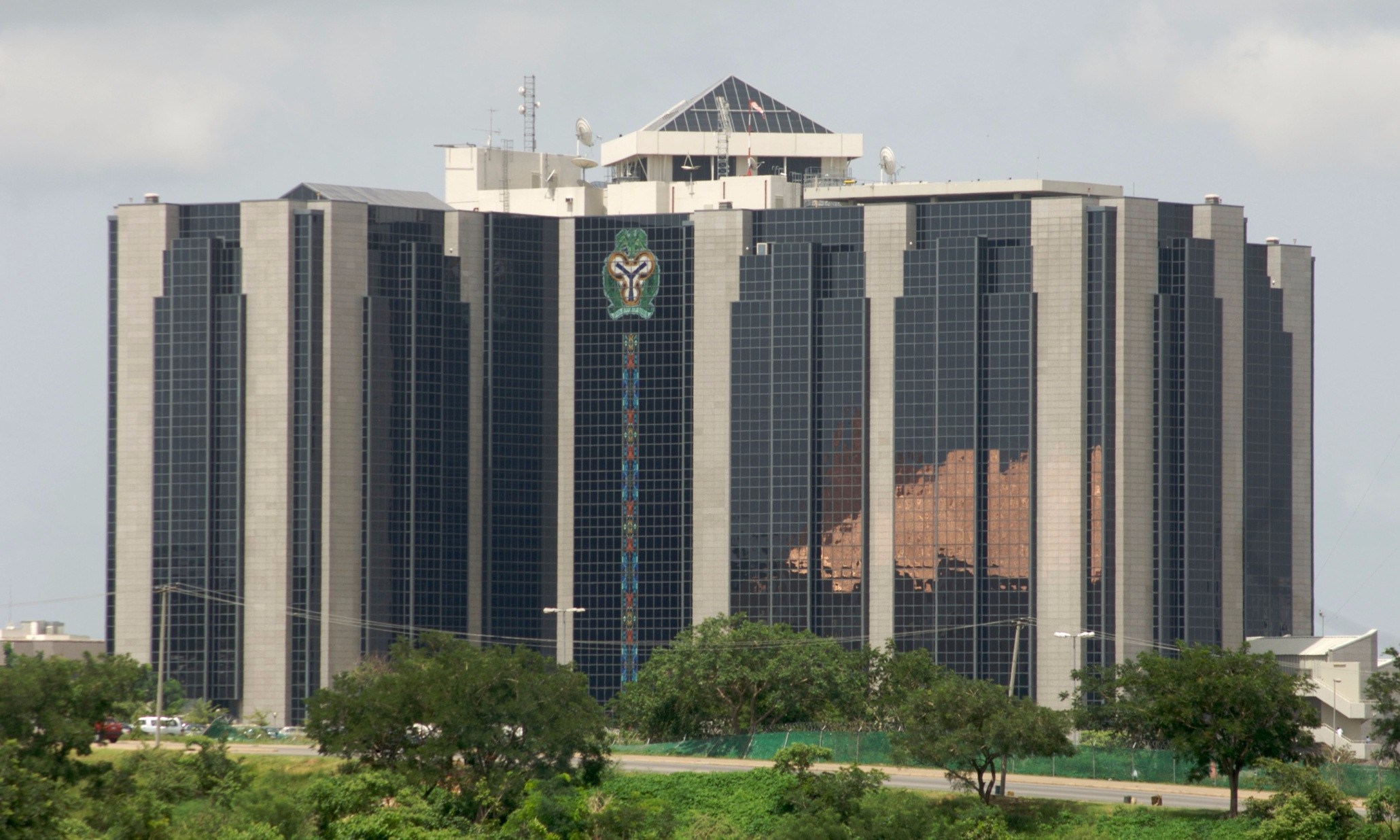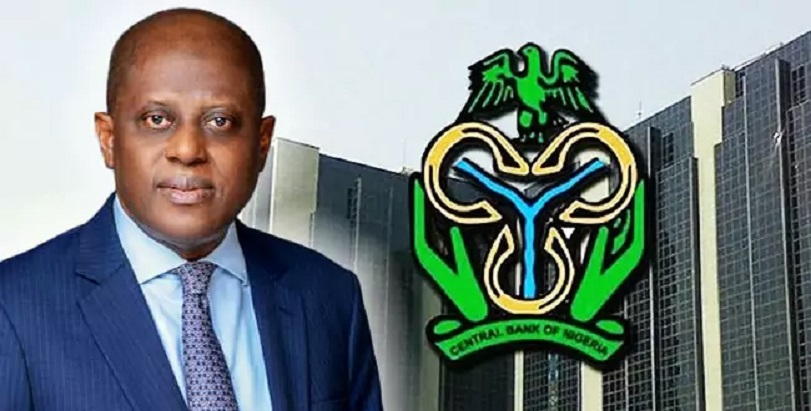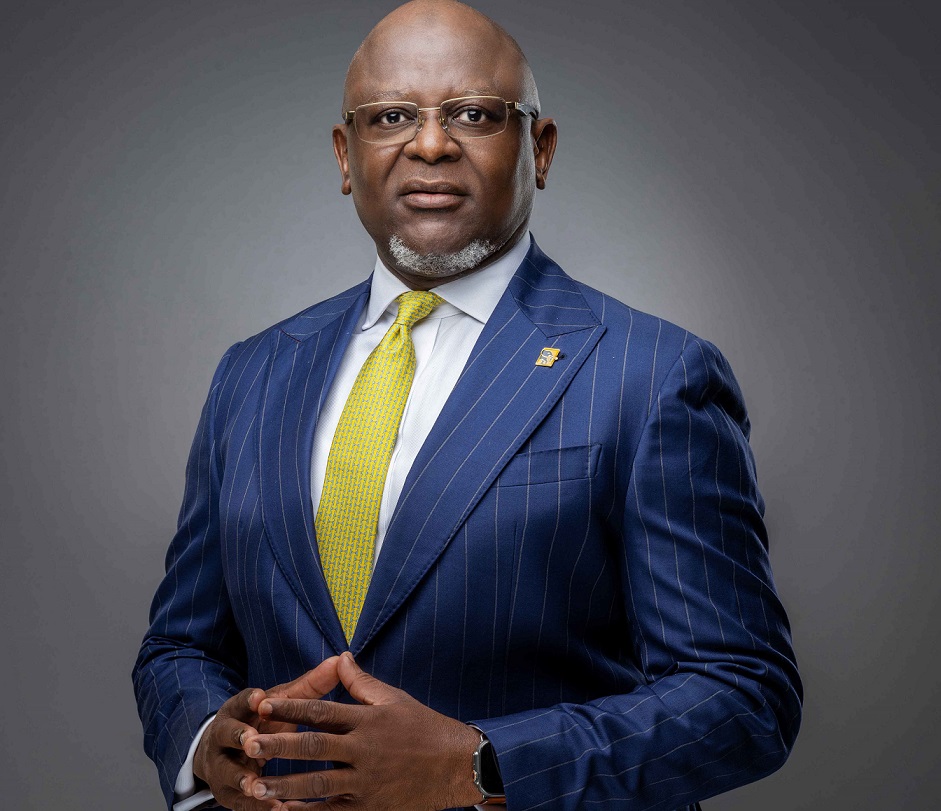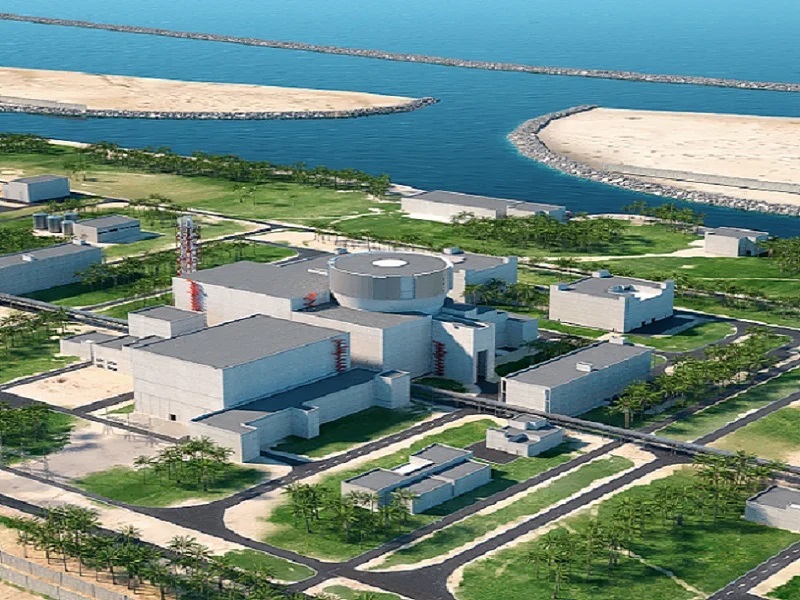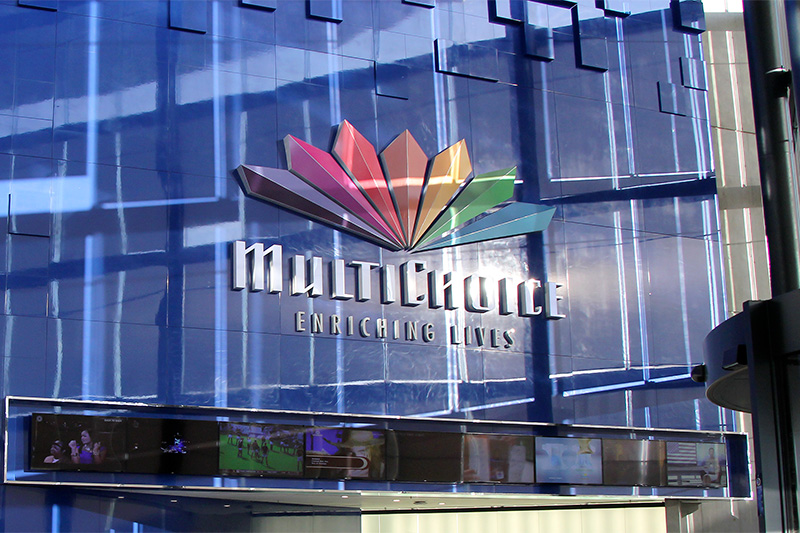Dipo Olowookere
Last month, Governor of the Central Bank of Nigeria (CBN), Mr Godwin Emefiele, announced at a media briefing that he would likely force deposit money banks in the country to increase their minimum capital base from its present level within the next five years.
The last recapitalisation of the banking sector was in 2004 under the leadership of Mr Charles Soludo as CBN Governor.
During the exercise, the central bank raised the capital base from N2 billion to N25 billion and for those who could not meet this requirement on their own, they had to merge with others or were acquired by bigger financial institutions.
Since the announcement by Mr Emefiele on June 24, 2019, shareholders of some banks, especially the tier-two and three, have been wondering what could happen next to their companies.
In fact, there was a recent report that Access Bank, which merged with Diamond Bank in March 2019, was planning to acquire Union Bank of Nigeria Plc. But both banks have denied the rumour, saying there was no iota of truth in it.
Though the CBN is yet to announce what the new minimum capital base would be, there are indications that it could be raise by over 100 percent and for some struggling banks, this might be the end of the road for them.
For shareholders of the banks in this category, this is one of the major challenges that might prove too difficult to surmount.
At the last recapitalisation, some financial institutions had to approach the stock market to raise funds to meet the new CBN requirement.
It is not certain if some banks having their share value badly damaged would attract sympathy of their shareholders in raising fresh capital via rights issue or any other means available this time around.
Another critical issue identified by Business Post facing some mid-level banks at the moment is the recent pronouncement by the CBN that deposit money banks in the country should give out 60 percent of their deposits to customers as loan.
Since the apex bank said financial institutions must have a loan-to-deposit ratio of 60 percent by September 30, 2019, many lenders have been devising ways to meet the requirements.
It is however, important to note that four of the five tier-one banks have LDR less than 60 percent.
But these big players in the sector have the capacity to pay for the sanctions stipulated by the central bank for failing to meet up by September 2019.
This may not be the same with these struggling tier-two banks, who are still finding it hard to remain in business because of their Capital Adequacy Ratio (CAR).
Apart from Access Bank Plc, which has an LDR of 69.9 percent, every other banks in its peer are below the 60 percent requirement of the CBN.
GTBank has an LDR of 53.1 percent, First Bank has an LDR of 47.4 percent, UBA has an LDR of 47.9 percent, while Zenith Bank has an LDR of 50.1 percent.
How some tier-two banks will solve the two aforementioned challenges is what some observers would be waiting to see with keen interest. Will their shareholders come to the rescue? Only time will definitely tell.


